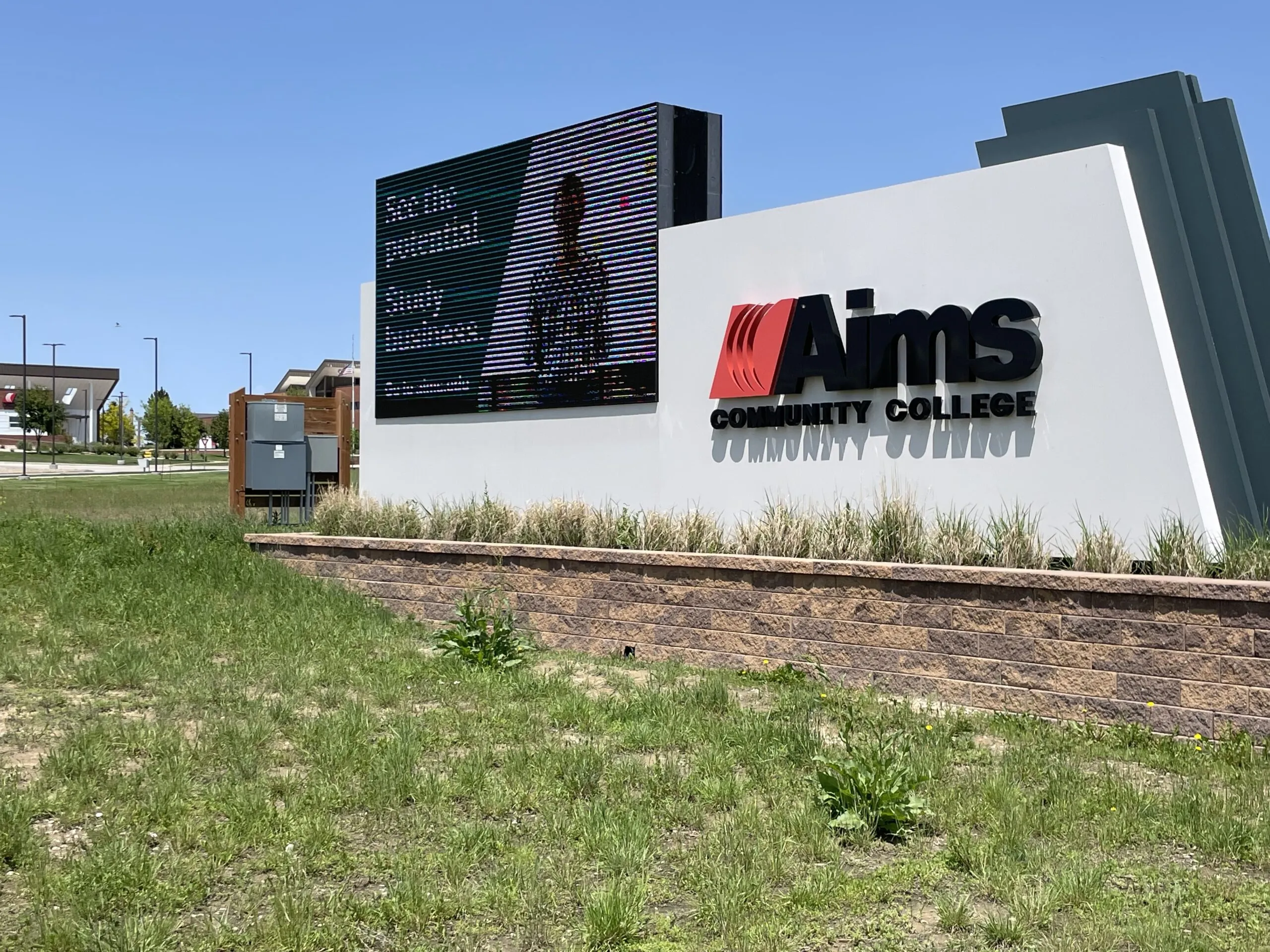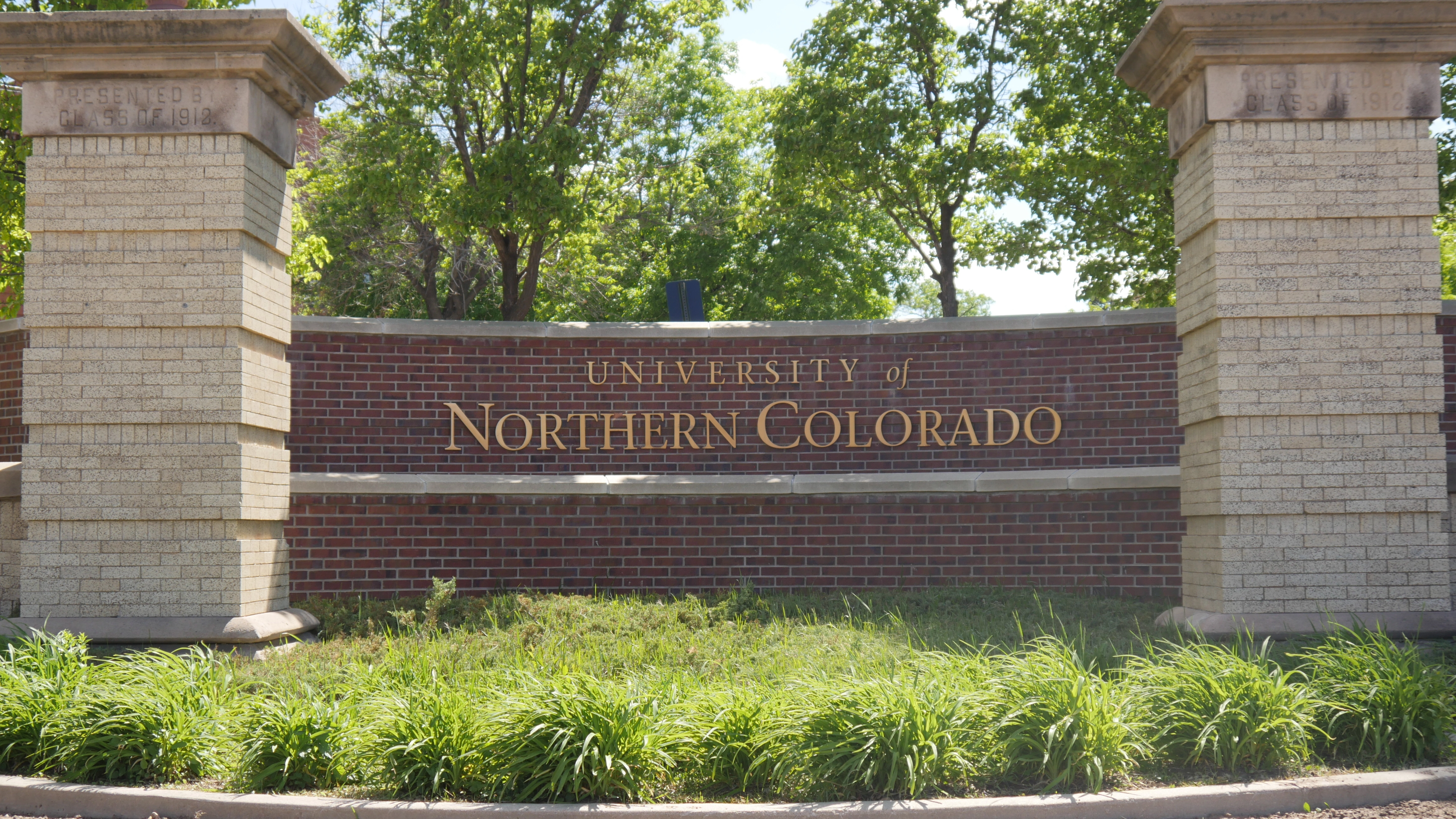CSU engines lab: ‘We are the transition into practicality’

The scientists at Colorado State University Engines and Energy Conservation Lab in Fort Collins do not tidy up the place for guests.
One lab looks especially grungy, like the garage of a busy mechanic, and it smells like grease and gas and maybe a little sweat. That is exactly the point.
“I know it looks like everything is disarray,” said Dan Olsen, one of the faculty members at the lab. “I’ve been in some really clean labs. It’s usually because they don’t have any work.”
Work is not a problem here. The engineers who teach and work full-time at the lab like to look at their watches nearly as much as they love showing off all the gadgets making a smelly racket. They could talk about their research for days, the way baseball nerds talk about the OPS of Yankees’ seventh hitter, because they’re just that fascinated with it. But they’re racing to meet the demands of private businesses, the government and, in a sense, the world, given our thirst for energy, the grime of fossil fuels and the urgency of climate change.
They’re working, in other words, to meet our global energy needs in a practical way. Practicality, in fact, is the main goal: They aren’t trying to make rocket fuel from, say, Red Bull. They don’t have a magic bullet that will eliminate climate change.
“Dan and I are not on that scale,” said Bret Windom, another faculty member and researcher. “But all our technologies are there to help the cause.”
What the nearly 25 faculty and more than 30 staff members and 100 students can do is use research to close the gap between fuel and climate change. Their ability to apply their research to the so-called real world is what separates them from most other institutions, they said, and one of the main pieces to that sits outside, waiting to be used: Solar Turbines of San Diego just donated a 3.5-megawatt engine. The engine dwarves any other research engine at CSU. Here’s just one example of its scale: The engine, in one hour of operation, could power a home for more than a month or two. Nearly none of the other research institutions have anything like it: Windom said only a big corporation like G.E. would have one.
The lab plans to use the engine for testing hydrogen combustion once it starts running, they hope, by the end of the year: They have to raise more money to run it. But it can be used for other things, and the larger point is the engine represents the practical philosophy of the lab: They do their research at scale.
Research is tricky: Just because something works well on a tiny engine doesn’t mean the same will be true for industrial-sized motors, Windom said. That’s why they don’t use models and hope the data plays out in real-life scenarios. They measure real life instead, on real (big) engines. Others take notice: The private contracts or government funding grants they receive are proof.
“To me that’s the most interesting part,” Olsen said. “Companies have a problem, and you get to work on it and see it tested in the real world, not in a lab. We go right to industrial scale here.”
Windom nodded in agreement.
“We are the transition into practicality,” he said.
Windom, for instance, runs a Chemical Energy Conversion Lab that works on projects related to how fuel becomes energy. Right now that means studying, in part, hydrogen and fuel blends; it’s the kind of work most university labs can’t do because, well, hydrogen is kinda dangerous. But the outcomes could be remarkable. Hydrogen emissions are mostly water vapor, and hydrogen could also give people a way to store excess energy created by wind and solar on abundant days and carry it over for cloudy and calm ones.
Olsen runs an industrial engine research group that works to improve the efficiency of natural gas and diesel engines. Efficiency, of course, means using less fuel as well as belching fewer emissions into the air. Windom and Olsen, along with Todd Bandhauer, are working together on a gas engine that they hope will one day be 70% efficient. Gas engines average 40%. The most efficient power plant in the world is 60%.
One of Bandhauer’s main projects is an exchanger that takes in heat and makes cooling. That saves money and carbon, especially when you consider that heat energy, which most companies treat as waste, could eliminate the need for separate cooling systems, such as air conditioning. He co-founded a company with two former students to market the technology.
Their research is just a part of the lab. Others work on robotics, alternative fuels (algae, not Red Bull) and the companies and students all have cool things going on. One company reviews electric vehicles, so Windom walked out of the building one day and geeked out over seeing a rare electric Ford F-150 parked out front. They remain undeterred at the magnitude of a problem such as climate change, and the obstacles in their way, such as the U.S. Supreme Court’s ruling limiting the EPA’s authority to regulate greenhouse gas emissions.
“The Supreme Court,” Bandhauer said, “can’t change the cost of solar and wind energy.”
The scientists at Colorado State University Engines and Energy Conservation Lab in Fort Collins do not tidy up the place for guests.
One lab looks especially grungy, like the garage of a busy mechanic, and it smells like grease and gas and maybe a little sweat. That is exactly the point.
“I know it looks like everything is disarray,” said Dan Olsen, one of the faculty members at the lab. “I’ve been in some really clean labs. It’s usually because they don’t have any work.”
Work is not a problem here. The engineers who teach and work full-time at the lab like to…
THIS ARTICLE IS FOR SUBSCRIBERS ONLY
Continue reading for less than $3 per week!
Get a month of award-winning local business news, trends and insights
Access award-winning content today!



